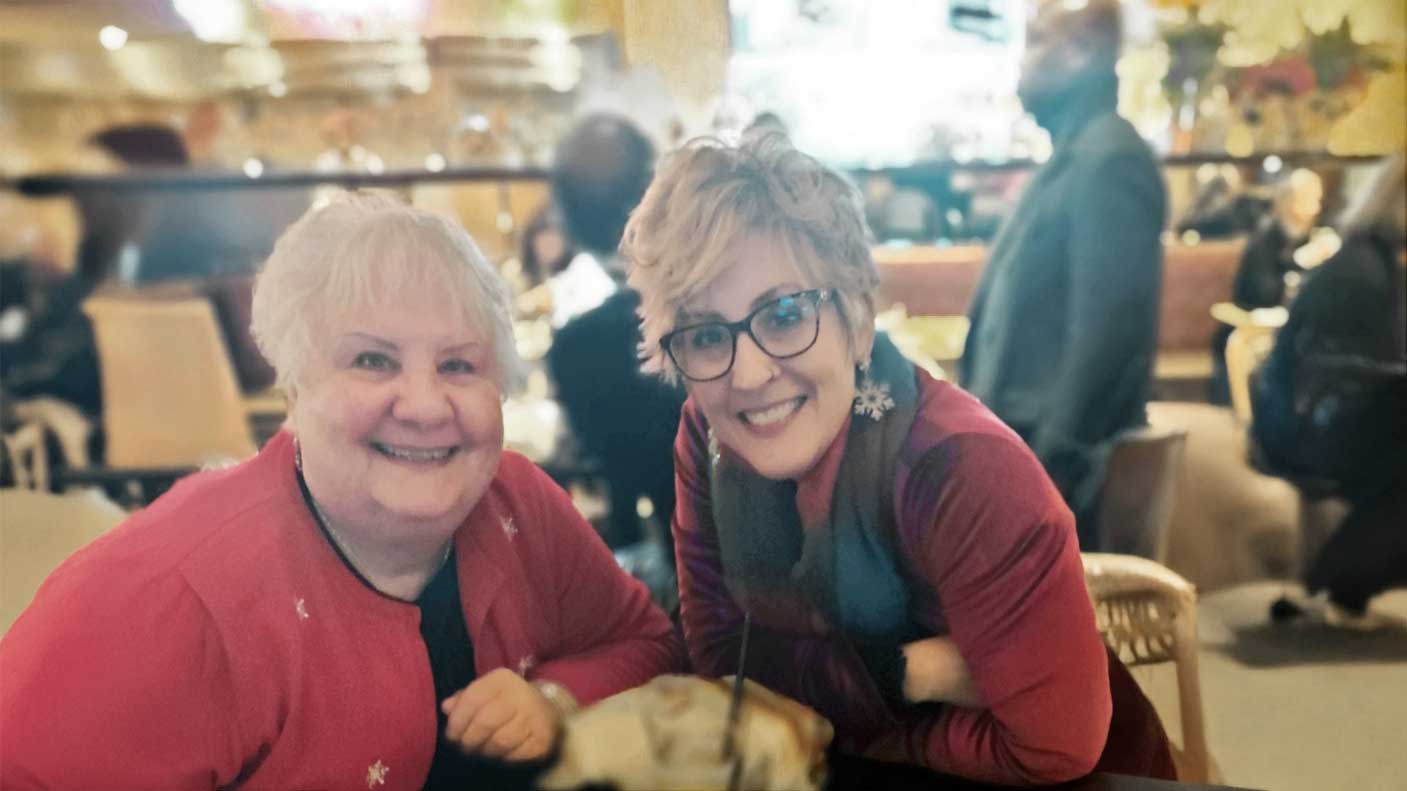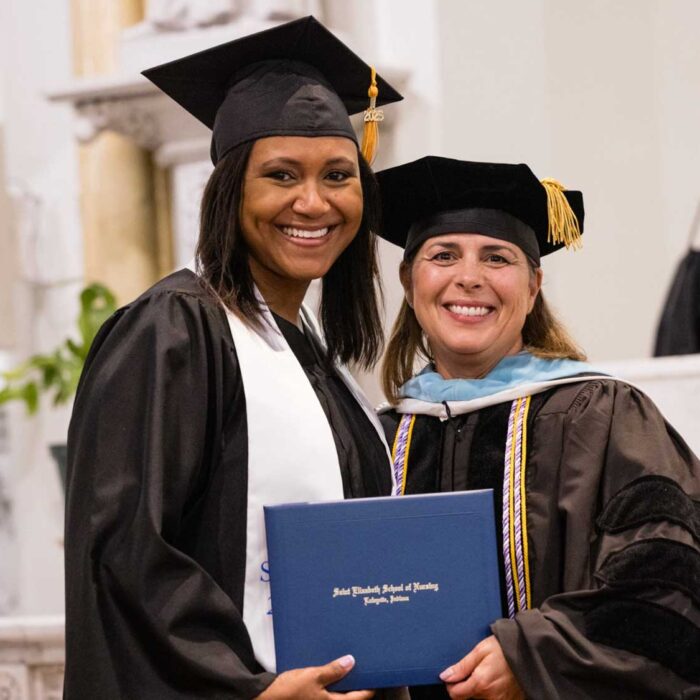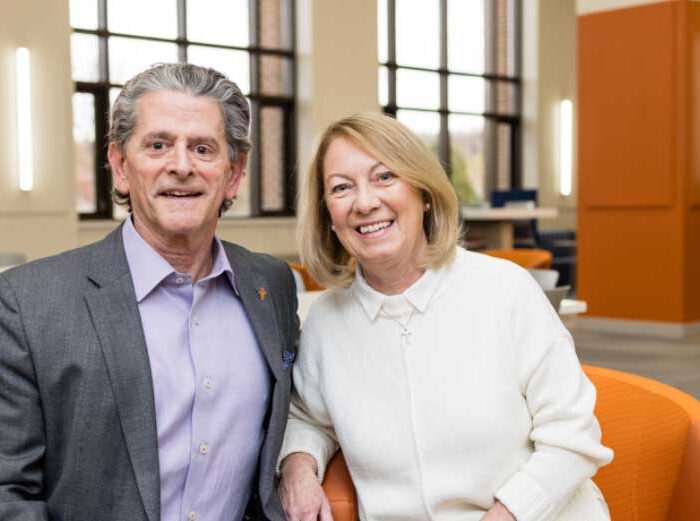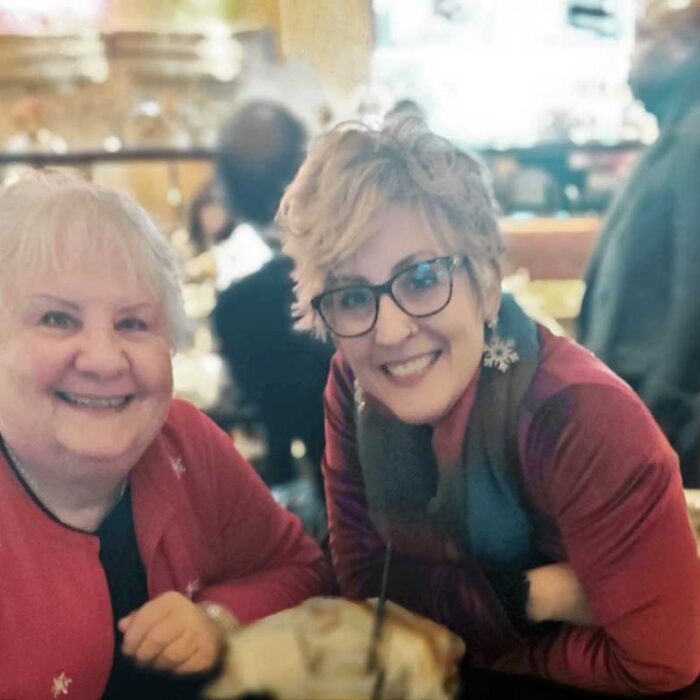The NLN’s statement really captures the importance of the nurse educator role. Likewise, at St. Elizabeth School of Nursing, we often talk about “answering the call,” or setting out on the journey to become a skilled nurse. But who makes that journey possible? When a compassionate soul is summoned to this sacred line of work, who’s the operator answering the phone to connect them to their calling? The answer, of course, is none other than the nurse educator: the bridge between nursing student and healthcare expert.
The history of nursing education is as rich and textured as the profession itself. Looking back on the field’s notable developments, institutions and overall spirit of progress, it’s clear that nurse educators make compassionate care possible.
Early nursing education in the United States
In large part, the Civil War highlighted the need for formalized nursing education and public practice—especially for women. Before that, women were mostly relegated to the role of private nurses. These private practice professionals would be trained by years of experience taking care of family members rather than by official institutions.
The Civil War, however, revealed a dire need for more assistance in the medical profession. Serendipitously, Florence Nightingale had recently risen to fame in England, imprinting the public with a new perception of women in the role as capable professionals.
More ripples of Nightingale’s work reached America’s shores in 1872 when the New England Hospital for Women and Children opened a formal nurse training program that shared similar principles to the ones Nightingale had established. Just one year later, Nightingale’s principles would be wielded more directly by three “Nightingale schools” opening across the country: the New York Training School at Bellevue Hospital, the Connecticut Training School at New Haven Hospital and the Boston Training School at Massachusetts General Hospital.
These programs proved popular, and their success would bring waves of new nursing schools opening across the country. One notable example was St. Elizabeth School of Nursing, which was opened by the Sisters of Perpetual Adoration in 1897.
New standards for nursing education
In the early days of nursing education, two distinctly different approaches clashed. One school of thought proposed that hospitals should train their own nurses to suit each facility’s unique needs and standards. This approach, however, required nurses to be bound to the hospital that trained them for their entire careers. If they did change hospitals, they would find that their training didn’t prepare them for their new facility.
The notion of working your entire career at a single hospital was not uncommon in this era. Travel was difficult, and people generally stayed in the communities they grew up in. Even St. Elizabeth originated as a school to train members of the Sisters of St. Francis order, specifically.
Still, another school of thought concerning the structure of nursing education—the paradigm presented by Florence Nightingale and her contemporaries—suggested that nursing schools should be their own separate institutions striving toward universal standards of practice. This would allow nurses to go where they were needed (such as field hospitals in times of war) and meet widespread expectations. In the end, Nightingale’s education structure won out and, as the profession matured, organizations were formed to establish universal standards.
In 1893, The American Society of Superintendents of Training Schools for Nurses was formed with the mission of standardizing nurse training, but it would take several decades until their proposed accreditation standards for nursing programs became mainstream. By then, in 1938, this organization had been rebranded to the name we all know and trust: The National League for Nursing.
Major Movements in Nursing Education
1861
The Civil War begins, and soldier deaths from poor field hospital conditions reveal the need for more trained nurses.

1872
The New England Hospital for Women and Children becomes America’s first institution for formal nurse training.

1873
A wave of “Nightingale schools” styled after Florence Nightingale’s principles begin opening in America with the New York Training School, the Connecticut Training School and the Boston Training School.
1881
Atlanta’s Spelman College becomes the first school on record established to train African-American women as nurses.
1893
The American Society of Superintendents of Training Schools for Nurses is formed with the mission of standardizing nurse training. This organization would later become the National League for Nursing (NLN).

1897
The Sisters of Perpetual Adoration begin their nursing education ministry in Lafayette, Indiana, opening the institution that would eventually become St. Elizabeth School of Nursing.

1924
The first nursing doctorate program is created by the Teacher’s College of Columbia University.
1930
Institutions around the country begin to accept the national accreditation standards proposed by the NLN.

History’s Most Notable Nurse Educators

Florence Nightingale (1820-1910)
Although most famous as the world’s first model nurse, Nightingale only practiced nursing directly in the field for less than three years. The rest of her legacy was devoted to the standards, training and principles of the profession. Learn more about her influence on nursing education in “The Lady With the Lamp” on page 6.

Lystra Eggert Gretter (1858-1951)
As a Canadian-born woman who eventually made her way to the United States, Gretter did a lot to carry the torch Nightingale had lit for the nursing profession. Among many other contributions, Gretter led the charge in shifting nursing education from a one-year apprenticeship model to the multi-year academic study we’re familiar with today. She also took direct inspiration from Nightingale to establish the “Nightingale Pledge,” an oath of ethics and conduct that many new nursing graduates still swear today.

Estelle Massey Osbourne (1901-1981)
Raised in a family with ten other siblings, Osbourne initially pursued a teaching career before hearing the call to become a nurse. Eventually, her two professional interests would merge into one when she earned her Master of Education and went on to become Harlem Hospital School of Nursing’s first Black instructor. She is remembered as one of modern nursing’s trailblazers and as a figure who helped combat racism in healthcare.

Margretta Madden Styles (1930-2005)
Fondly referred to as the “Mother of Nurse Credentialing,” Styles was a prolific writer and leader whose works helped reshape nursing on an institutional level. She received a doctorate in education from the University of Florida and used her experience as a nurse educator to push for new standards in nursing accreditation. Her impact was so great that every year on March 9—Dr. Styles’ birthday—we celebrate Certified Nurses Day to honor her life and accomplishments.
The present and future of nursing education
As we reflect on the history of nursing education and all who contributed to its development, we also look forward to what the future holds. With our hands-on approach, cutting-edge technology and commitment to compassionate care, St. Elizabeth School of Nursing is preparing nurses for the needs of today and tomorrow alike.
Through the guidance and support of our nursing educators, alumni and donors, our school continues to provide the best possible education to our students. While our curriculum will undoubtedly change over the years to address new challenges in healthcare, our gratitude for those who support our ongoing mission will always be present.
As seen in the The Lamp fall 2022 issue
















